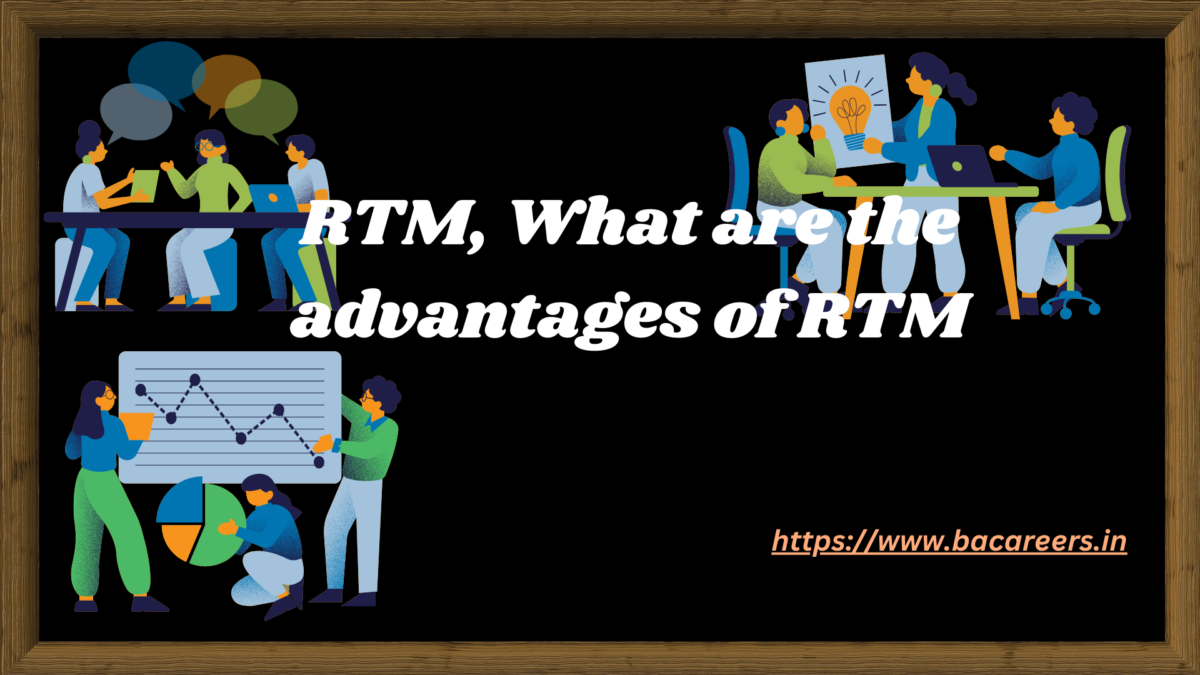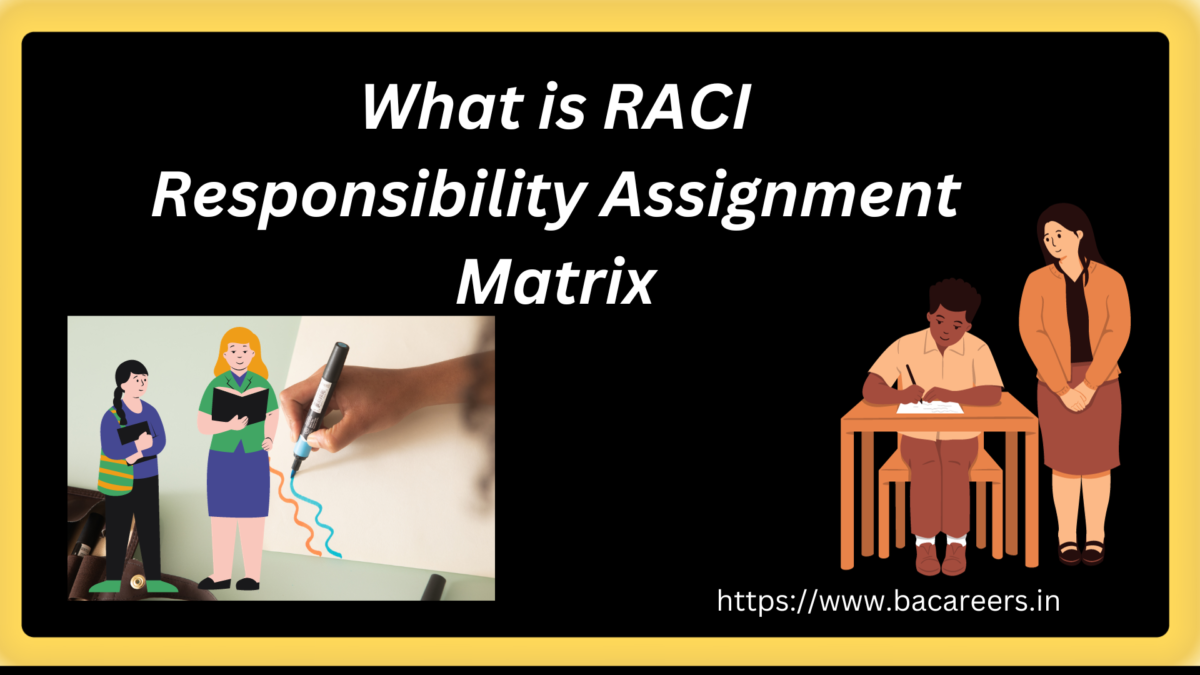Iterative Development Model is a software development approach that involves the continuous testing, evaluation, and improvement of a product throughout its development lifecycle. Unlike traditional approaches that follow a linear path, iterative models allow for more flexibility and room for change.
In this model, the development process is broken down into small, manageable iterations, each of which produces a working product increment. This allows for continuous feedback and evaluation from stakeholders, which can be used to make improvements and adjustments as needed.
Iterative development models are often used in agile software development methodologies, as they emphasize collaboration, flexibility, and adaptability. By embracing change and focusing on delivering working products that meet the changing needs of customers, iterative development models can help organizations improve their software development processes and deliver better products to market.
Key features of iterative development include:
continuous testing, frequent feedback, and incremental changes. In an iterative development process, the development team works in short cycles, with each cycle aimed at delivering a functional piece of the product. This allows for faster identification of any errors or issues, and for adjustments to be made in a timely manner.
Another benefit of iterative development is that it promotes collaboration and communication between team members. Because each cycle is focused on a specific goal, team members can work closely together to achieve that goal. This helps to ensure that everyone is on the same page and that there are no misunderstandings or miscommunications.
Iterative development also allows for greater flexibility in the development process. Because each cycle is relatively short, changes can be made quickly and easily. This means that the development team can adapt to changing requirements or new information without needing to start the entire development process from scratch.
Overall, iterative development is a highly effective approach to software development that promotes collaboration, flexibility, and efficiency. By breaking the development process down into smaller, more manageable cycles, the development team can deliver a high-quality product in a timely manner.
Incremental Development: The project is developed and delivered in smaller, manageable parts or increments. Each increment represents a portion of the final product, and new features or improvements are added in subsequent iterations.
Incremental development is a popular approach in software development, where the project is broken down into smaller parts or increments. This allows developers to work on manageable portions of the project, and deliver working software in a more frequent and predictable manner. Each increment represents a portion of the final product, and new features or improvements are added in subsequent iterations. This approach allows for more flexibility in adapting to changing requirements or feedback from stakeholders, and can also help to mitigate risks by identifying issues early on in the development process. Incremental development is often used in Agile software development methodologies, such as Scrum or Kanban, where teams work in short iterations and deliver working software at the end of each iteration.
Feedback and Adaptation: Iterative development encourages regular feedback from users, stakeholders, and team members. This feedback is used to refine and adapt the product in subsequent iterations. This allows for flexibility in responding to changing requirements.
The feedback loop is an essential part of iterative development. It helps to ensure that the product meets the needs of the users and stakeholders. By gathering feedback and making changes in subsequent iterations, the team can adapt the product to changing requirements and improve its overall quality. This approach allows for flexibility, enabling the team to respond quickly to new challenges and opportunities. Ultimately, iterative development helps to create a product that is both useful and effective, improving the user experience and maximizing value for stakeholders.
Repetition of Activities: Each iteration goes through the entire SDLC, including planning, analysis, design, implementation, testing, and deployment. This repetition allows for continuous improvement and refinement.
Repeating activities is a crucial part of software development. It allows for the identification of errors and faults early in the process, reducing the likelihood of major issues later on. Repetition also enables the team to learn from previous iterations and make improvements to the process, resulting in a more efficient and effective SDLC. This approach is particularly useful in Agile methodologies, where constant iteration and feedback are key to success. By embracing repetition, software development teams can ensure that their products are of the highest quality, meeting the needs of users and stakeholders alike.
Flexibility and Adaptability: Iterative development is well-suited for projects where requirements are not well-defined initially or are expected to change. It provides the flexibility to accommodate changing needs and priorities.
Iterative development is a process that involves breaking down a large project into smaller, more manageable pieces. Each piece is developed and tested individually, then combined with the other pieces to create the final product. This approach allows for frequent feedback and adjustments, which can help ensure that the final product meets the needs of its users.
Flexibility and adaptability are key benefits of this approach. The iterative development process allows for changes to be made along the way, which can help ensure that the final product meets the changing needs of its users. This can be especially useful in projects where the requirements are not clear or are expected to change over time.
Overall, iterative development is a powerful tool for building high-quality software that meets the needs of its users. By providing flexibility and adaptability, it allows teams to work more effectively and deliver better results.
By breaking down the development process into smaller iterations, potential risks can be identified and addressed before they become major issues. This allows for adjustments to be made in a timely and efficient manner, reducing the likelihood of delays and cost overruns. Additionally, the iterative approach allows for continuous feedback from stakeholders and end-users, ensuring that the final product meets their needs and expectations. As a result, risk management becomes an ongoing process throughout the development lifecycle, rather than a one-time event. Ultimately, iterative development can improve project outcomes and increase customer satisfaction.
Risk Management: Iterative development helps manage risks by identifying and addressing issues early in the development process. This is particularly important in complex projects where uncertainties are high.
Common iterative development methodologies include the Rational Unified Process (RUP), Scrum, and the Agile development approach. These methodologies may have their own specific practices and principles, but they all share the fundamental concept of iterative and incremental development.




